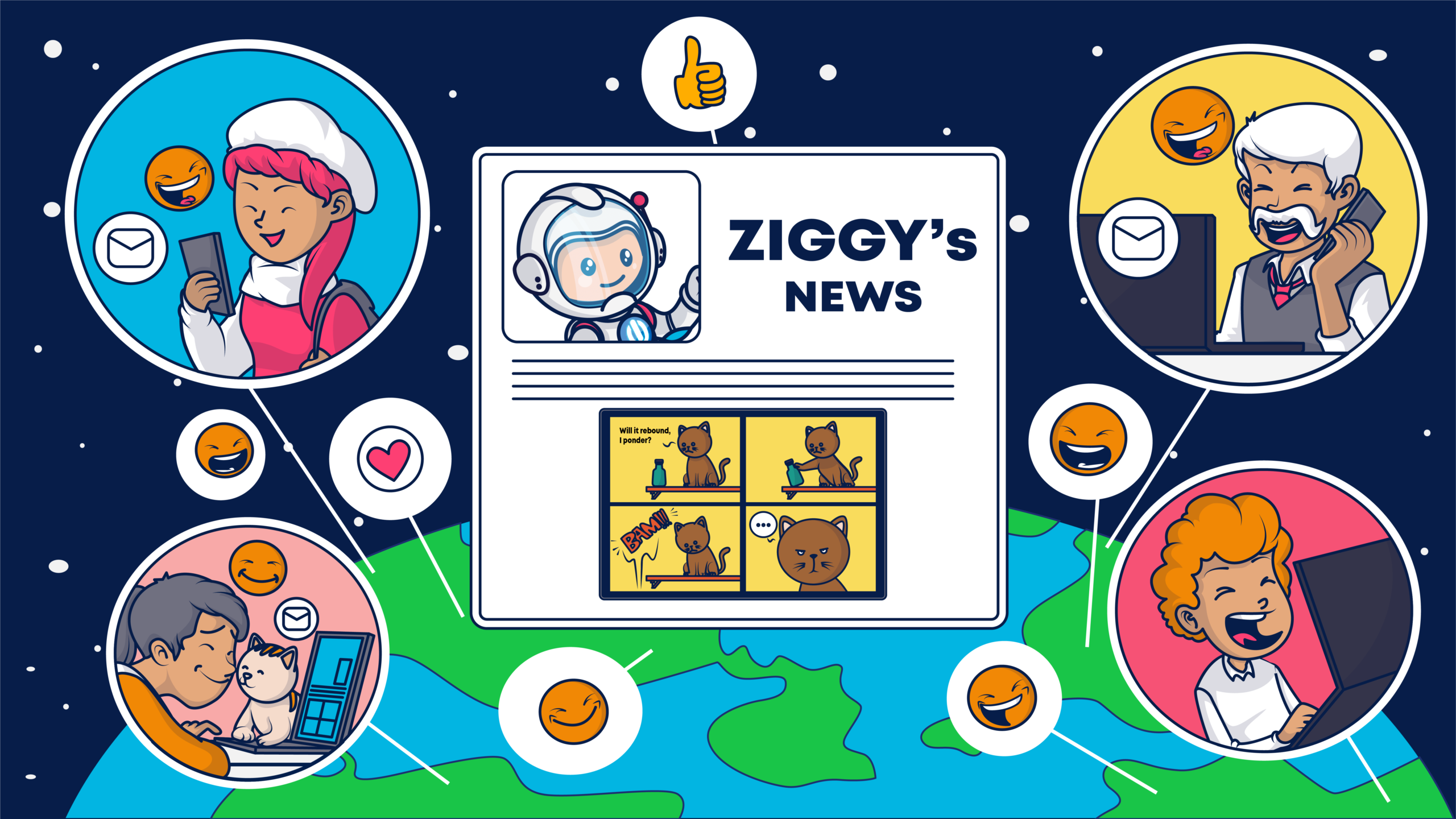Each onboarding process is different in terms of time and messaging, but the main idea is to provide value for the user and when it’s a free trial, to convert that user into a paying customer too.
This means that it’s not just about writing great email content, but for a great onboarding journey you really need to think more strategically, which means utilizing automation, segmentation and personalization to your advantage.
Our three points below discuss each of these areas and how to best utilize these tools to give your users what they want and to help achieve your end goal.
1. Automation
Automating all of the emails within your Onboarding series will help you to ensure you’re hot off the press with the best messages and creatives to capture your recipients’ attention, and to convert them to paying customers.
An Onboarding campaign would typically use different types of transactional emails or a drip campaign, slowly feeding your audience with the right messages at the right times to enable them to convert to your dedicated action. Automating this campaign means you can ensure you’re responding to your recipient’s actions, like reacting what they’ve opened and clicked, and utilizing this action to your advantage.
Set-up automated events to ensure your Onboarding series is best-responding to your users’ needs, by creating rules such ‘if they opened or clicked X, then send them X’ to push them further down through your journey.
2. Segmentation
Segmentation is extremely powerful when it comes to an Onboarding series, allowing you to strategically manage your data to best-respond to your audience.
There’s a big opportunity here for you to segment by a number of different possible criteria, such as the type of prospect you’re speaking to and their industry sector, sending them highly targeted email communications on how the proposition you’re offering is specifically suited to their sector and needs.
Segmenting your data in this way helps you to further-define your message to your audience and helps you to be persuasive, which is what’s required for this automated email journey to convert to a sale.
3. Personalization
Personalization is absolutely key to driving engagement, and is vital for a successful Onboarding journey. When thinking about how to apply personalization to your Onboarding journey, it’s important to go back to the basic principles of personalization and to use the data that your subscribers have willingly shared with you in order to add value to their interactions with your brand.
Use information you already know about your recipient to ‘warm up’ the emails you’re sending to them, and to ensure that you’re adding a more tailored touch to the content you’re putting into your templates.
For more insights on how to personalize like a real pro, read our blog on the top 5 ways of personalizing your email campaigns and how to get more personal.
Your Onboarding program is key
Your Onboarding email journey is one of the hardest working automated journeys you’ll have up and running, so you should ensure you’re using the three principles we’ve discussed above to keep it as efficient and successful for you as possible. Keeping that mind, it’s also crucial to begin your comms on the right foot, so be sure to check out our best practices for welcome emails














